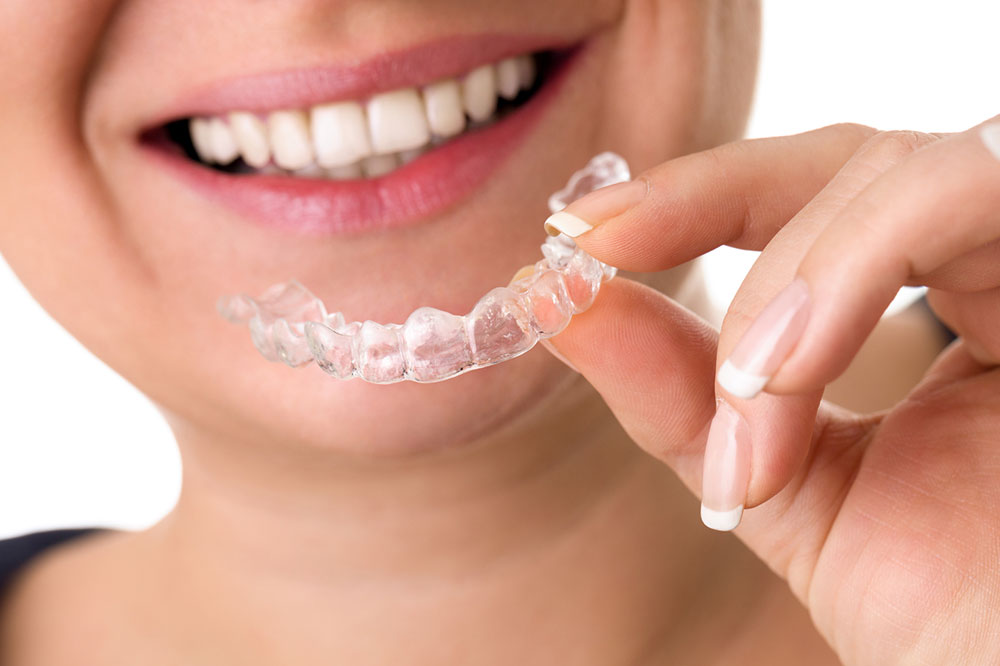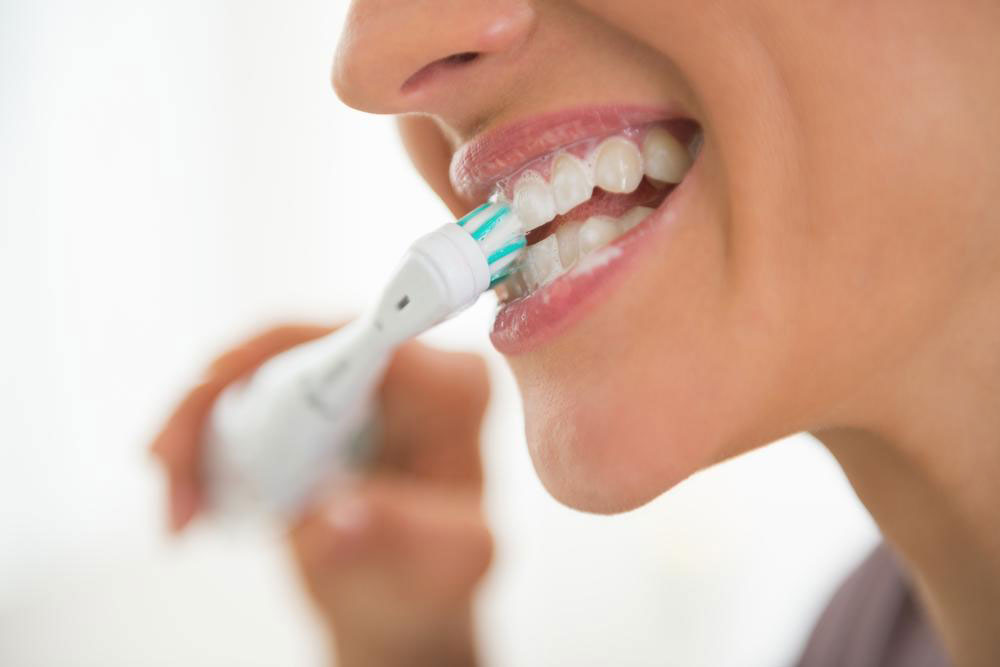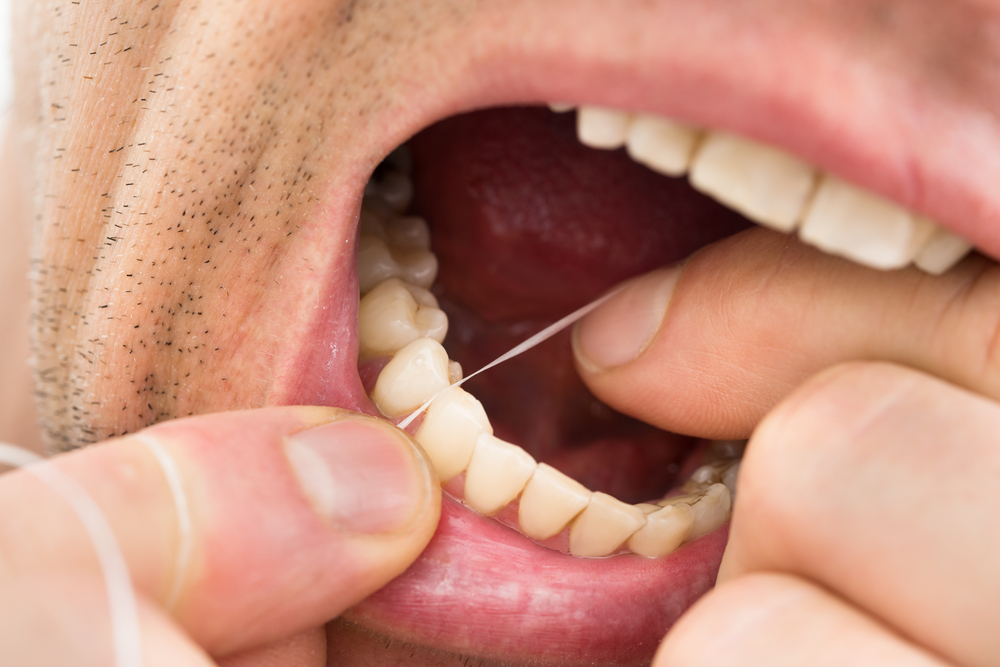Comprehensive Strategies to Address Overcrowded Teeth and Enhance Oral Health
Overcrowded teeth pose significant challenges to oral health, including increased risk of gum disease, difficulty in maintaining hygiene, and potential damage to teeth and jaw structure. However, various treatments like orthodontics and modern aligners can effectively resolve these issues. Addressing overcrowding not only improves appearance but also enhances overall dental health and functionality. Expert dental consultation is vital to determine the best intervention suited for each patient, ensuring a healthier, more confident smile.

Understanding the Challenges of Overcrowded Teeth and Effective Treatment Options
Overcrowded teeth are a prevalent dental condition that affects individuals across all age groups, from children to adults. This condition occurs when the jaw does not have enough space to accommodate all the teeth properly, resulting in teeth that are crooked, twisted, or crowded together. While many perceive dental crowding primarily as a cosmetic issue, its implications extend far beyond appearance, impacting overall oral health and general well-being. Understanding the challenges associated with overcrowded teeth and exploring comprehensive treatment options is crucial for maintaining optimal dental health.
Gum Disease and Periodontal Concerns
One of the primary risks linked to overcrowded teeth is the increased likelihood of developing gum diseases such as gingivitis and periodontitis. When teeth are misaligned or tightly packed, it becomes difficult to clean all surfaces effectively, leading to plaque accumulation and bacterial growth. If left untreated, these bacterial infections can cause inflammation of the gums, deterioration of the supporting bone, and even tooth loss. Regular dental check-ups and professional cleanings are essential to mitigate these risks, alongside proper oral hygiene practices.
Difficulty in Maintaining Oral Hygiene
Crowded teeth pose a significant challenge to maintaining effective oral hygiene. Brushing and flossing become complicated due to limited space between teeth, creating hiding spots for plaque, food debris, and bacteria. Over time, this buildup increases the risk of cavities, enamel erosion, and bad breath. Investing in specialized dental tools such as interdental brushes and water flossers can help improve cleaning efficacy. Additionally, patients with crowded teeth should consider professional dental interventions to ensure thorough cleaning and prevention of decay.
Impact on Tooth Alignment and Integrity
Misaligned teeth caused by overcrowding often result in unnatural contact points, uneven wear, and mechanical stress on certain areas of the enamel. Over time, this can lead to cracks, fractures, or abnormal enamel erosion, which may require restorative procedures such as fillings, crowns, or veneers to repair damage. Proper orthodontic treatment can realign teeth, distribute biting forces evenly, and prevent further deterioration of dental tissues.
Increased Susceptibility to Dental Injuries
Crooked or protruding teeth are more vulnerable during accidents, particularly in sports or physical activities. Such misalignments increase the risk of chipping, fractures, or avulsions. To prevent dental trauma, protective gear like mouthguards should be consistently used, especially for individuals engaged in contact sports or high-risk activities.
Chewing Efficiency and Digestive Health
Inadequate biting force and misaligned teeth can compromise the ability to chew food properly. Inefficient mastication results in larger food particles reaching the digestive system, which can impair digestion and reduce nutrient absorption. Corrective orthodontic treatment improves bite function, making chewing more effective and supporting overall digestive health.
Speech Difficulties and Communication Challenges
Crowded teeth can interfere with tongue movement and pronunciation of certain sounds, causing speech impediments such as lisping or slurred speech. Addressing overcrowding through orthodontic procedures can significantly improve speech clarity and confidence.
Impact on Overall Health and Facial Structure
Severe misalignment may cause discomfort in jaw joints (TMJ), muscle pain, and facial asymmetry. These issues can contribute to headaches, neck pain, and other musculoskeletal problems. Proper alignment of teeth and jaws not only enhances aesthetics but also supports optimal facial harmony and functional health.
Persistent Halitosis or Bad Breath
Bacterial buildup in tight or crowded spaces within the mouth can lead to persistent bad breath, affecting social interactions and self-esteem. Good oral hygiene combined with professional dental care can help manage halitosis by reducing bacterial colonization in hard-to-reach areas.
Fortunately, advances in dental technology provide numerous options to correct overcrowded teeth. From traditional braces to modern clear aligners, personalized treatment plans can effectively straighten teeth, improve oral hygiene, and restore dental function. Consulting with a qualified dentist or orthodontist is a critical step toward developing an effective strategy tailored to individual needs and achieving optimal oral health outcomes.





